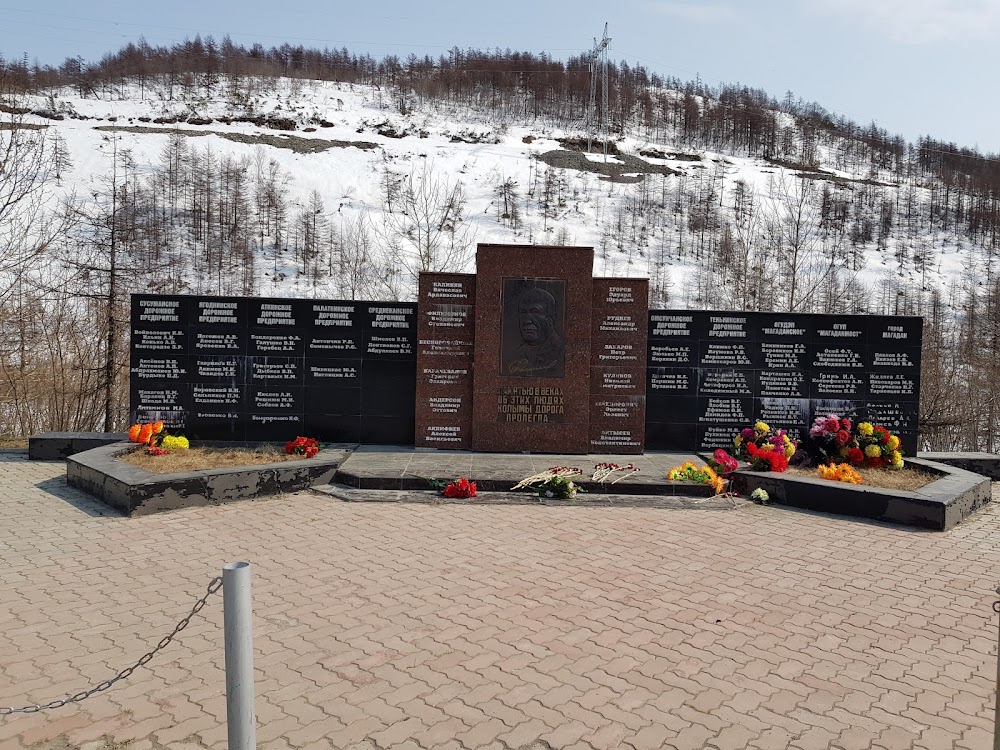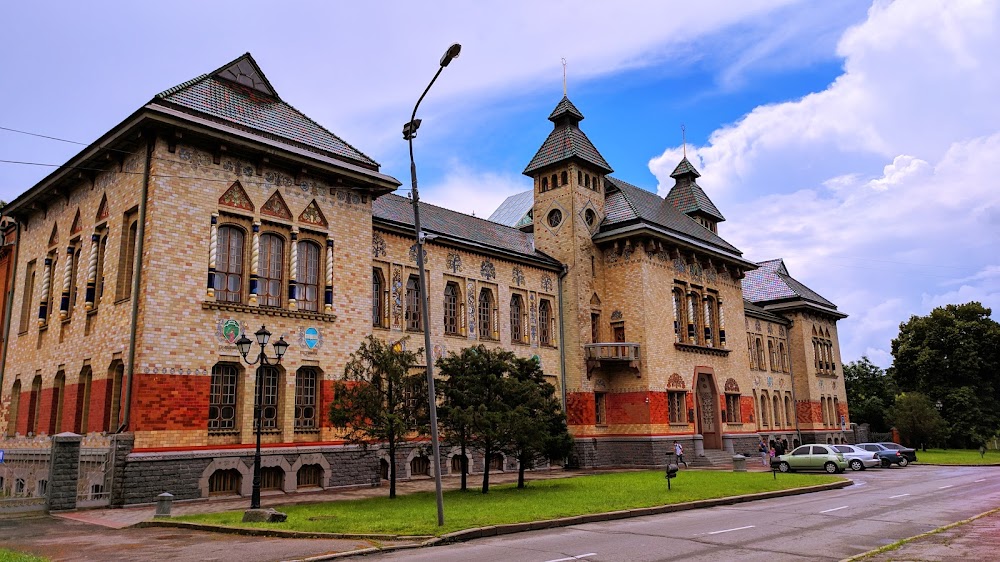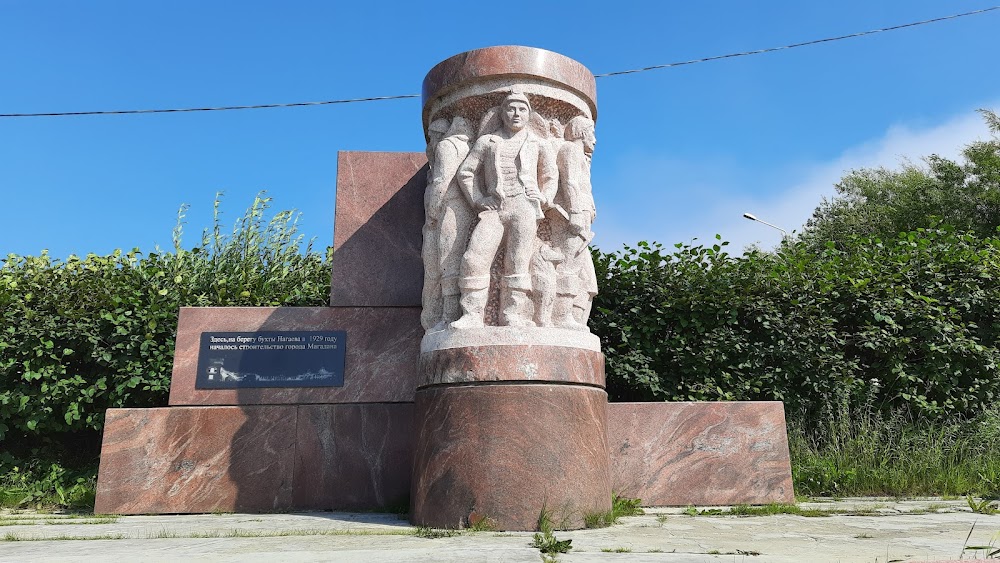Kolyma Highway Monument (Монумент Колымской трассе)
Overview
Nestled in the remote and rugged terrains of Magadan Oblast, Russia, the Pamyatnik Dorozhnikam Kolymy, also known as the Kolyma Highway Monument, serves as a poignant tribute to the countless individuals who labored and suffered during the construction of the infamous Kolyma Highway. Often referred to as the "Road of Bones," this highway is a stark reminder of a dark chapter in history—when prisoners from the Gulag labor camps were forced to build the road under brutal and inhumane conditions during Stalin’s regime.
The foundation of this monument began with a deep recognition of the need to honor and remember the sacrifices made by those who perished during the construction of the Kolyma Highway. Work on the monument commenced in the late 20th century, aligning with a broader movement to acknowledge the tragic history of labor camps. The design captures the somber and solemn essence of its purpose, ensuring that the memories of the fallen are preserved for future generations.
Constructed primarily of stone and metal, the monument embodies the enduring yet harsh environment of the region, reflecting the lasting legacy of the workers. At its heart, a striking and haunting sculpture symbolizes the immense weight and suffering endured by the laborers. Surrounding this central figure are plaques and engravings that narrate the harrowing history of the highway’s construction and the conditions faced by those who built it.
The Kolyma Highway itself stretches over hundreds of kilometers and was constructed using rudimentary tools in extreme weather conditions. With temperatures often plunging below freezing for most of the year, the task was daunting. Many of the prisoners were political dissidents or victims of Stalin’s purges, forced to work under dire circumstances, with limited food, inadequate clothing, and little rest. Tragically, thousands perished, with their bodies buried alongside or even within the very road they built—this grim reality gave rise to the highway's macabre nickname.
Today, visitors to the monument are often struck by the stillness and starkness of the landscape, which amplifies the somber reflections prompted by the site. Locals and tourists alike come to pay their respects, leaving flowers or tokens of remembrance at the base of the sculpture. This act of homage creates a poignant connection to the past, ensuring that the stories of those who suffered are honored.
The Pamyatnik Dorozhnikam Kolymy functions not only as a memorial but also as an educational site, providing crucial historical context about the Gulag system and the human cost of Soviet industrialization efforts. Schools and universities often organize trips to the monument as part of their history curriculum, instilling an understanding of the past in younger generations and ensuring that the lessons learned are not forgotten.
Recognized by various human rights organizations, the monument serves as a significant site of remembrance. It stands as a powerful testament to the resilience of the human spirit amidst unimaginable hardship and underscores the importance of acknowledging past atrocities to prevent their recurrence in the future.
Since its dedication, the Kolyma Highway Monument has transformed into a site for both local commemoration and international visitors. Its presence serves as a powerful reminder of the human cost of political repression and the vital importance of preserving historical memory.
As new generations visit the Pamyatnik Dorozhnikam Kolymy, they carry forward the messages of remembrance and resilience, ensuring that the sacrifices of those who built the Road of Bones are never forgotten.







